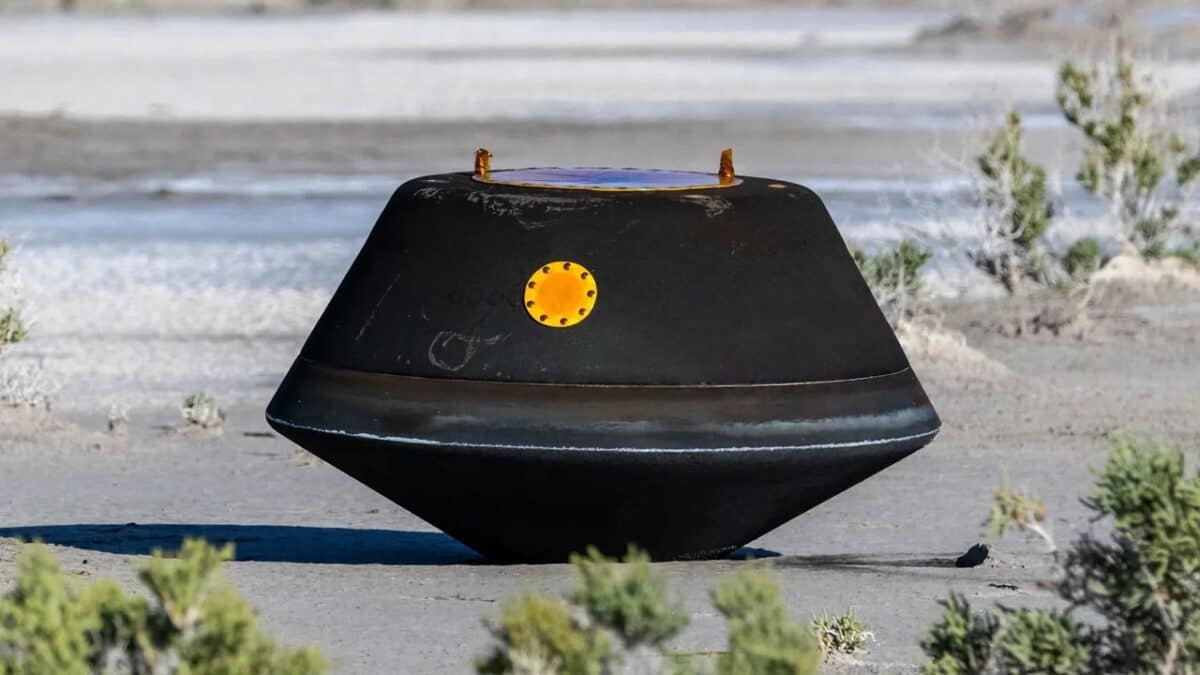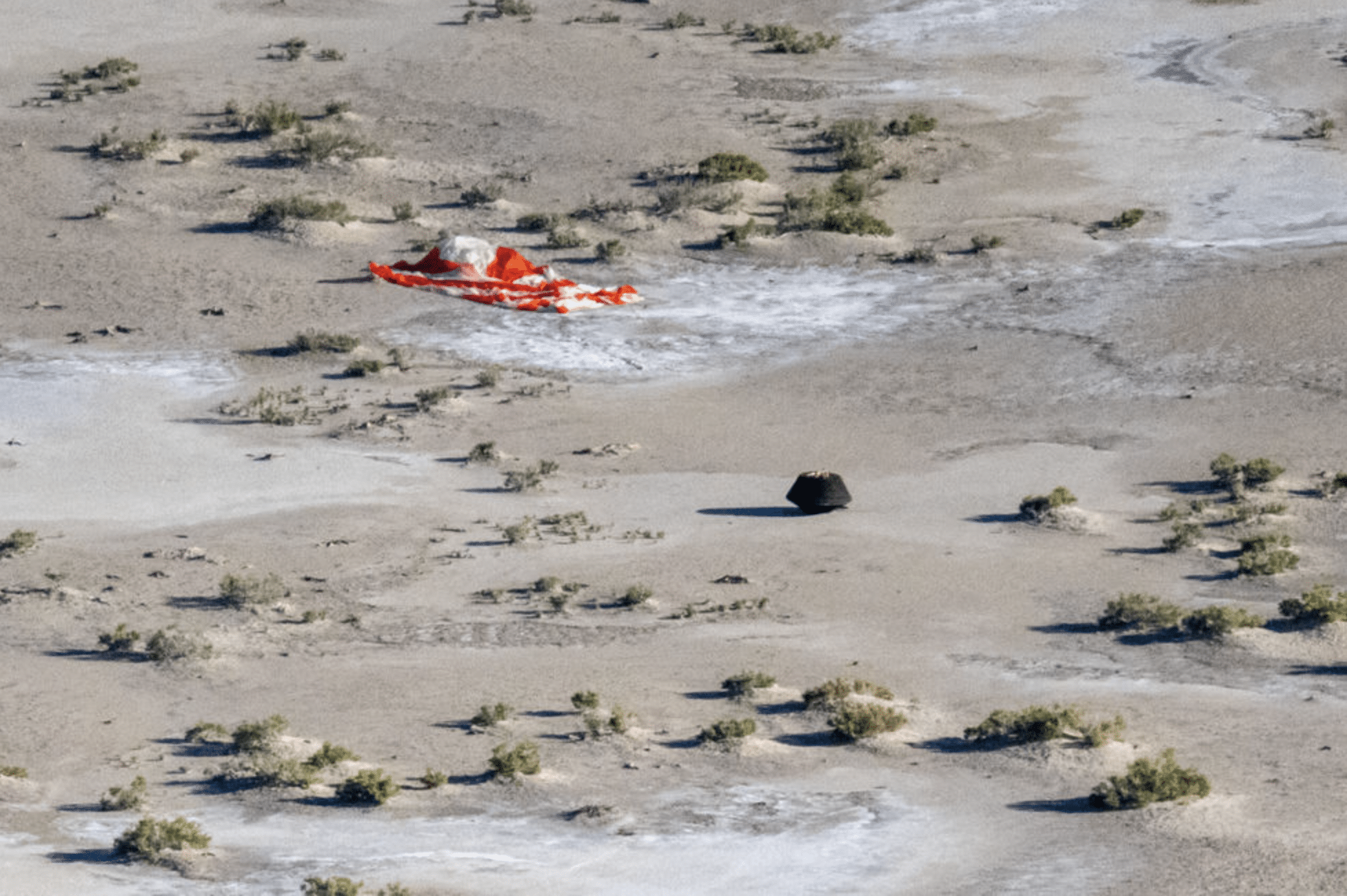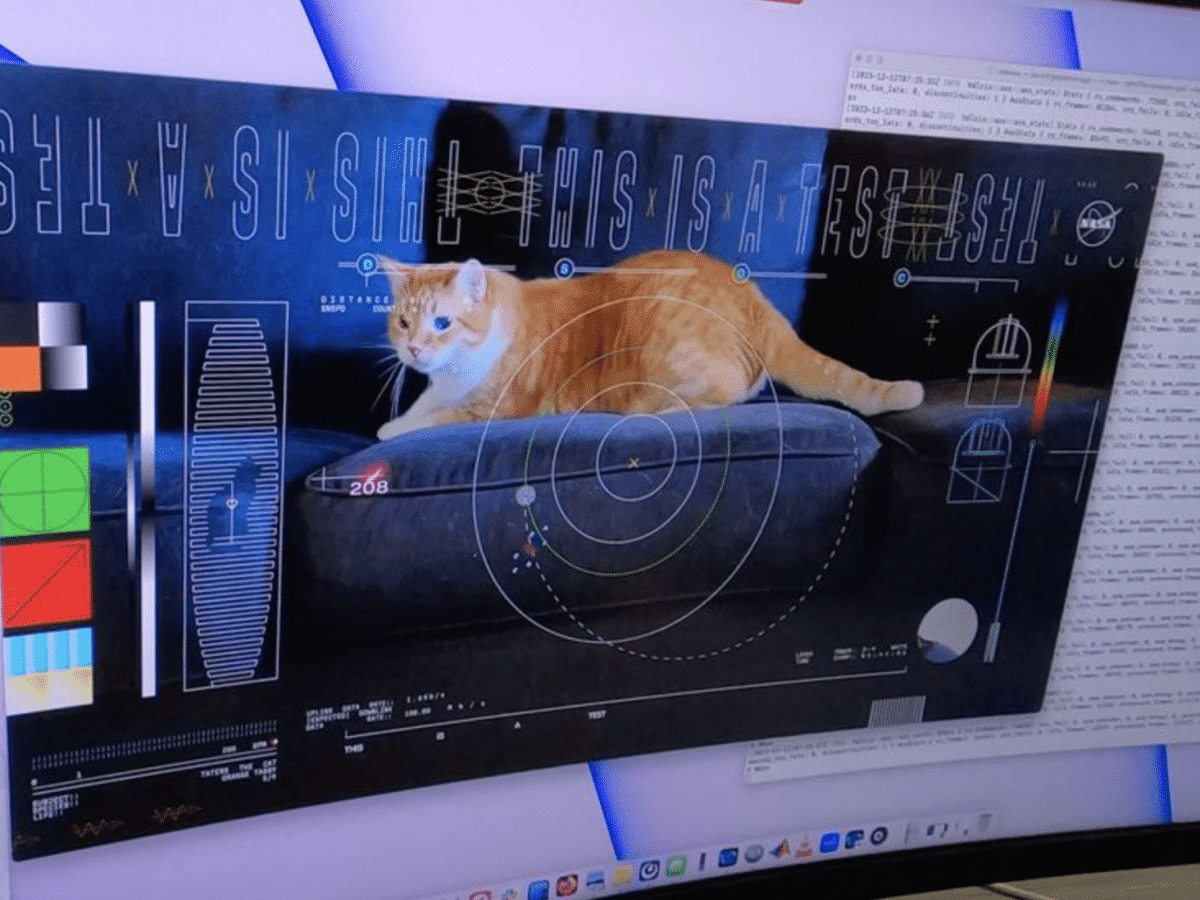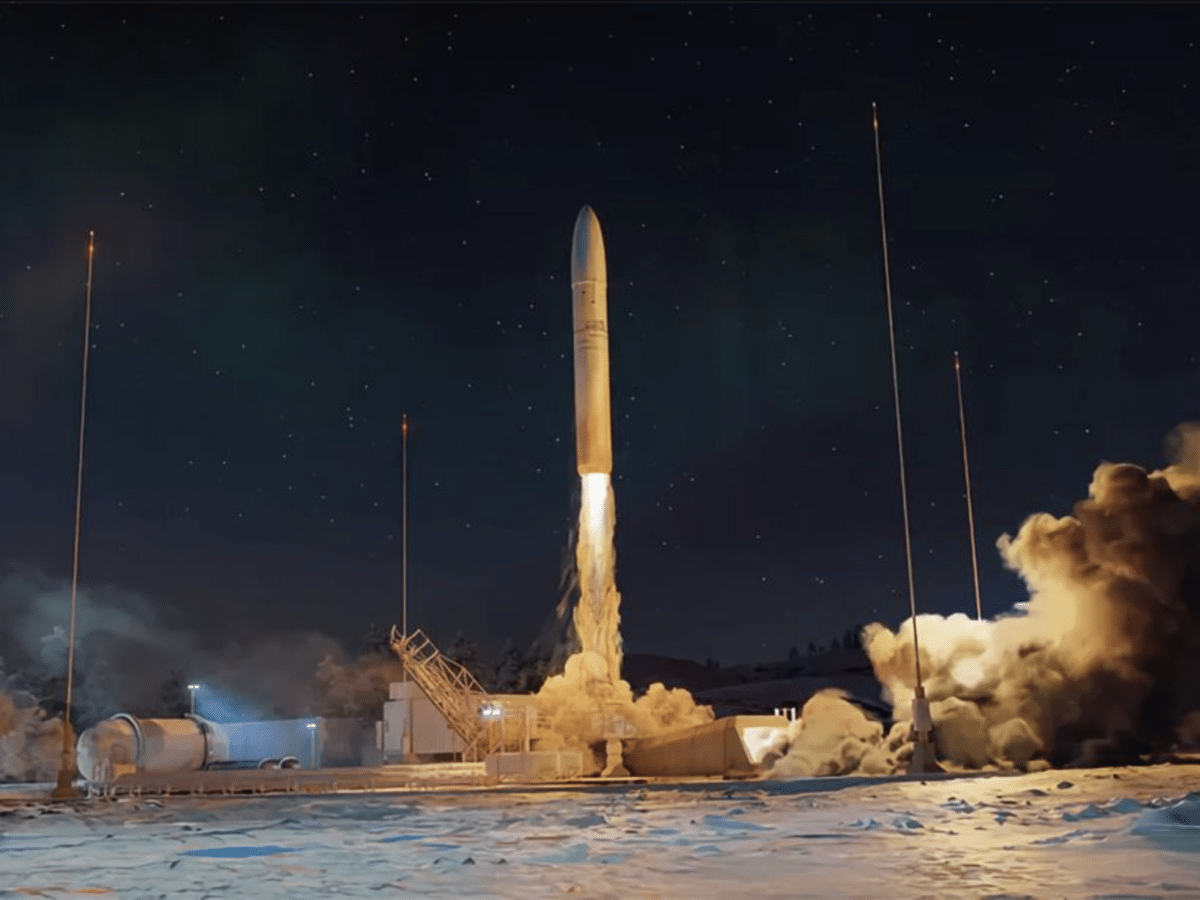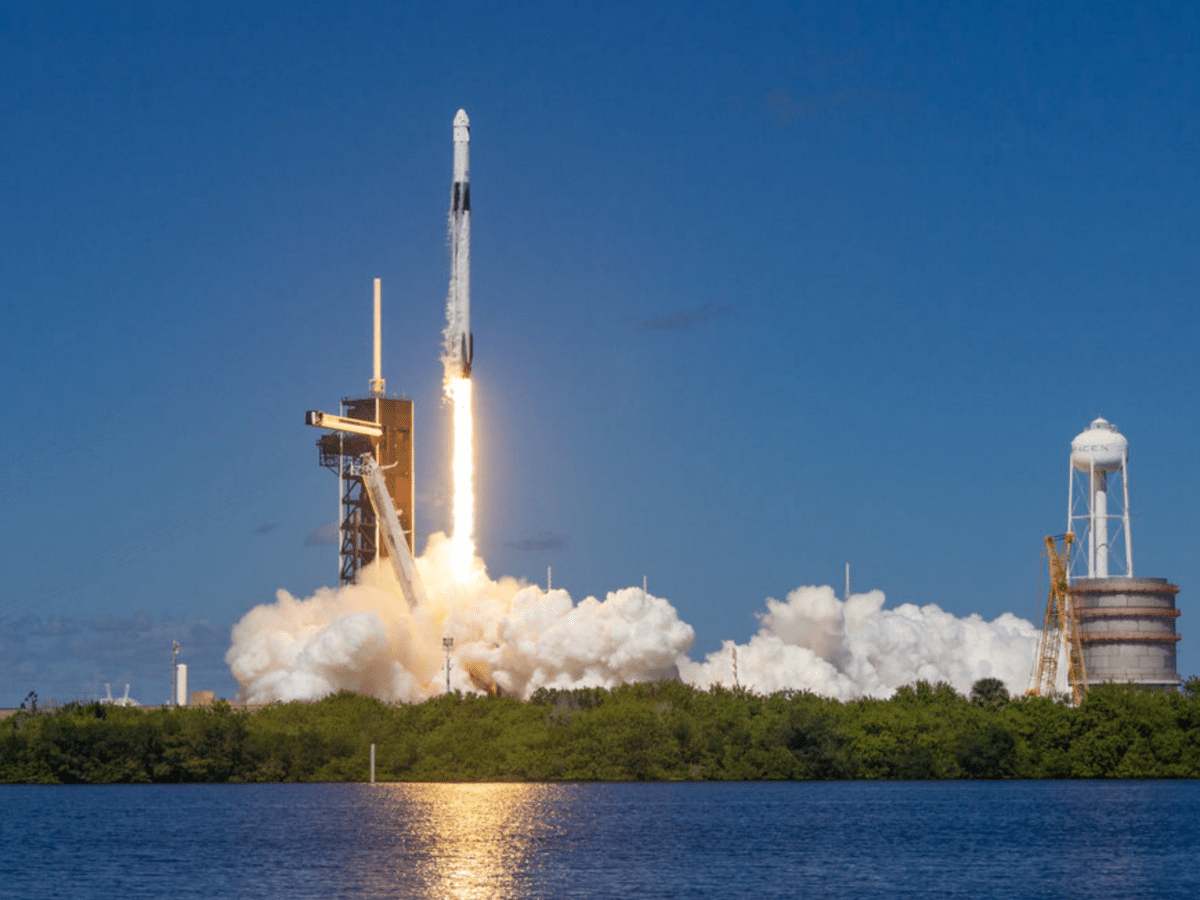Yesterday, the asteroid hunter OSIRIS-REx (Origins, Spectral Interpretation, Resource Identification, Security, Regolith Explorer) returned to Earth after spending seven years in space.

During these years, the spacecraft traveled to the asteroid Bennu, collected a sample from it, and then returned to Earth. In total, OSIRIS-REx traveled about 6.2 million kilometers on its round trip journey to Bennu. The capsule from OSIRIS-REx, which landed on the U.S. Department of Defense’s Utah Test and Training Range in the state of Utah, contains approximately 250 grams of samples from Bennu, which will be analyzed over the next two years.
On October 11th, NASA will present some of the initial findings from the analysis of the samples. The hope is that the samples from the OSIRIS-REx capsule can provide scientists with insights into how our solar system formed and perhaps even how water once made its way to Earth. Lori Glaze, head of NASA’s Planetary Sciences Division, says:
Scientists believe that the asteroid Bennu is representative of the solar system’s own oldest materials forged in large dying stars and supernova explosions. And for this reason, NASA is investing in these missions devoted to small bodies to increase our understanding of how our solar system formed and how it evolved.
Below, you will find a close-up of the OSIRIS-REx capsule, as well as two video clips. The first video shows the capsule landing on Earth, while the second is an animation illustrating how the landing took place.
